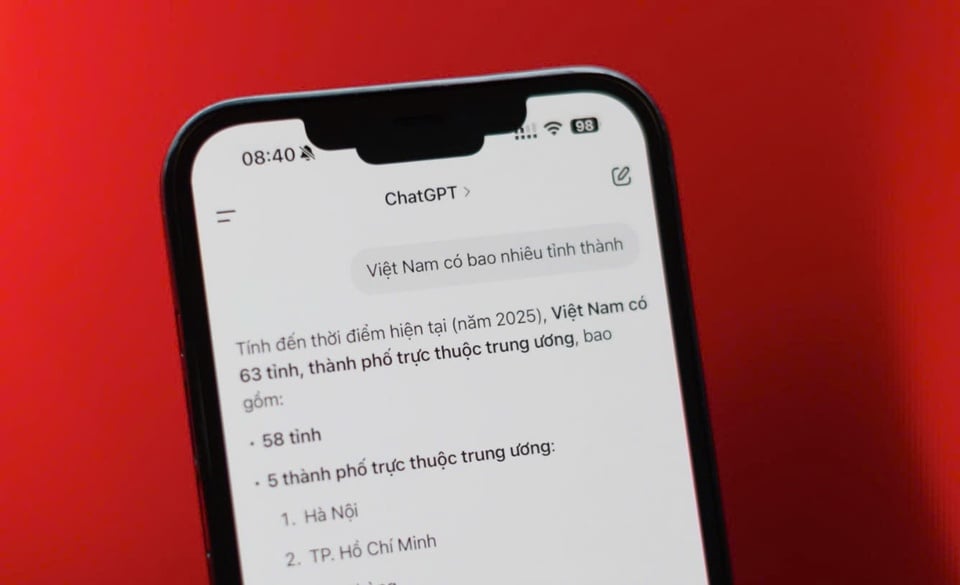 |
The default version of many AI applications will bring up old information about provinces and cities in Vietnam. Photo: Xuan Sang . |
Since July 1, Vietnam has abolished the district level and switched to a two-level local government organization model consisting of provincial and communal levels. Previously, in mid-June, the 15th National Assembly approved the arrangement of provincial administrative units, according to which the country has 34 provinces and cities.
However, if using GPT-4o, Gemini 2.5 Flash or DeepSeek R1 to find information about new provinces, cities and communes and wards of Vietnam, users will still receive answers according to the old information.
“Vietnam currently has a total of 63 provinces and centrally-run cities” was the answer of ChatGPT, the GPT-4o model version, when asked the question on the morning of July 2. It was not until the user opened the settings and selected the web search feature that ChatGPT gave the correct answer according to Vietnam’s new organizational model.
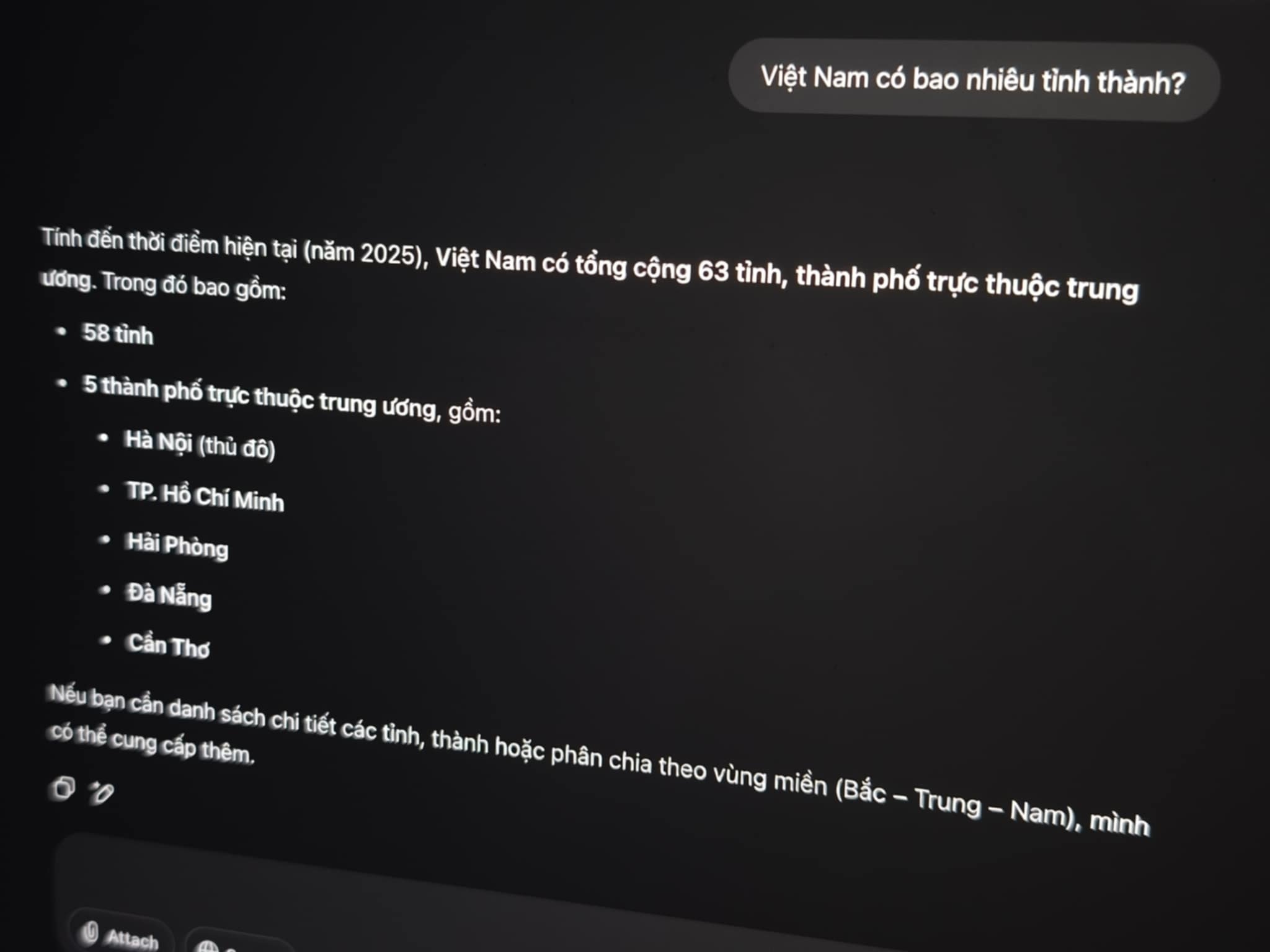 |
ChatGPT gave the wrong answer when asked in default mode. It was only when the search feature was opened that the AI gave the correct answer. Photo: Hong Phuong. |
DeepSeek R1 and Gemini 2.5 Flash gave similar responses. This is the response that users would get if they used the default chat window without selecting the Internet search feature. For many models, search is not enabled by default, so the AI will use old data to answer.
The reason is that AIs are trained on data available on the Internet, which is often 3-12 months behind the current one, and will “assemble” to create answers, not determine the level of update or correctness of the information. This is also a warning from providers of language generation AI applications.
When switching to the paid GPT versions and or Gemini 2.5 Pro, which are models with the ability to search the web and reason for longer, the AI will give the correct answer about arranging 34 new provinces and cities of Vietnam thanks to the ability to search for new information. However, with DeepSeek R1, when turning on the web search and reason mode, it still does not give the correct answer about arranging and merging provinces and cities.
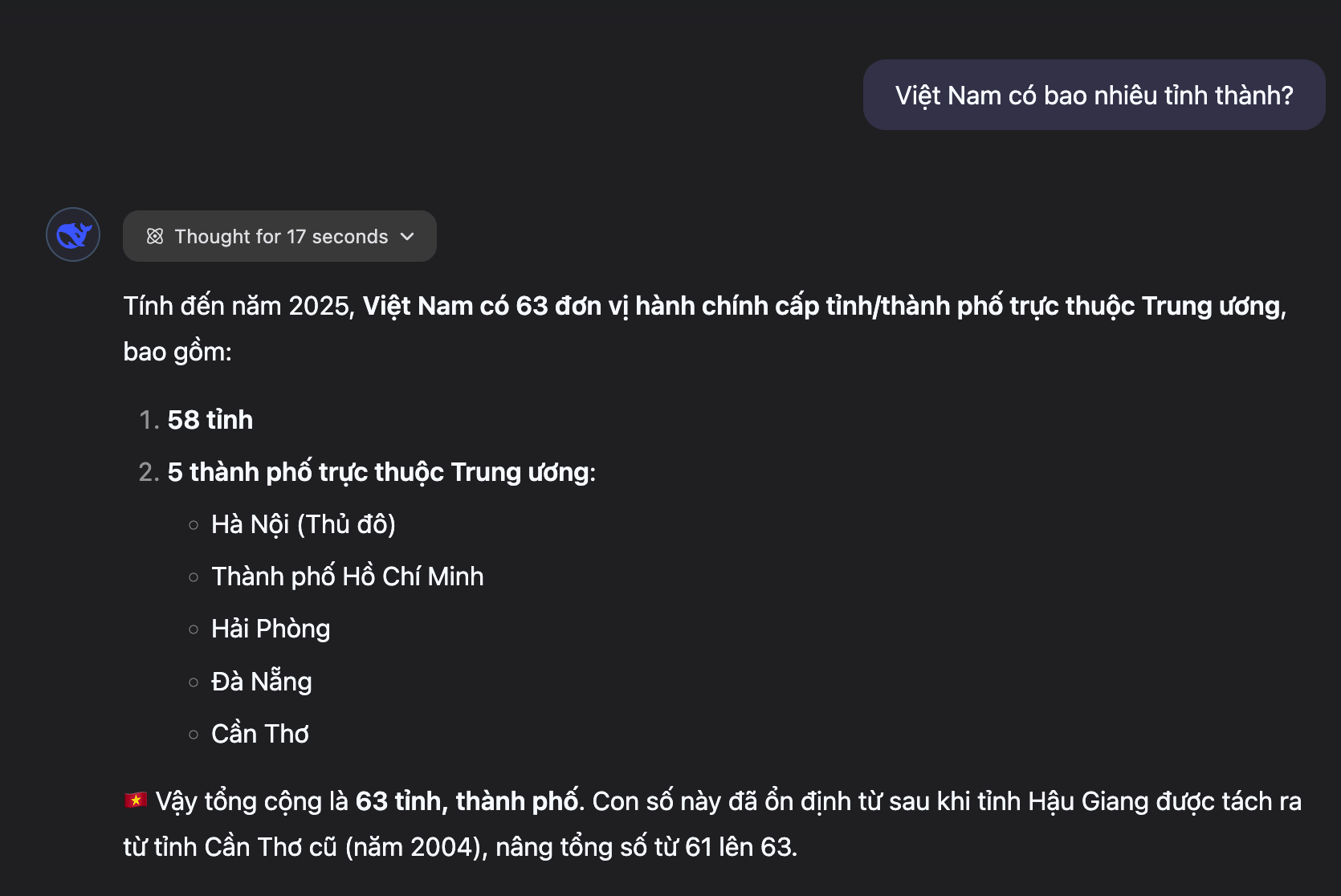 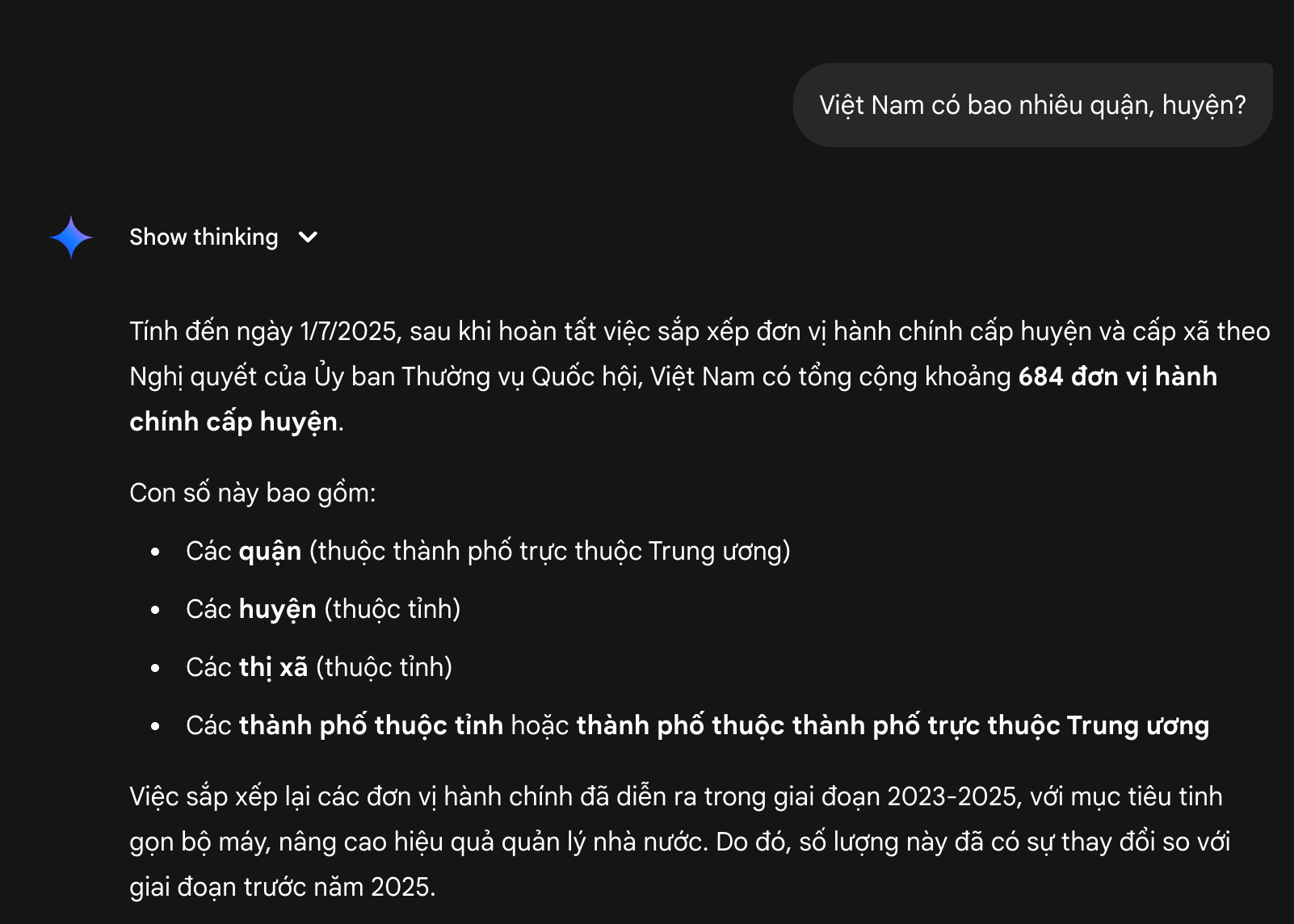 |
DeepSeek provided old information, while Gemini provided incorrect information about the new administrative unit in Vietnam. Photo: HP . |
But even these versions will continue to give incorrect answers when users ask “incorrect” questions about district levels. AI is prone to providing outdated information, or combining old and new information to create incorrect information, for questions like “How many districts are there in Vietnam?” because it tends to confirm the input information provided by users.
Gemini also cited Google Maps information, which the application has not yet updated with information about Vietnam's new administrative units, to indicate the old districts and wards before the arrangement and merger. For example, when asked about the location of Trung Hoa ward, Gemini identified this as a ward in Cau Giay district, Hanoi city according to Google Maps information. In fact, this ward has been arranged and merged into Thanh Xuan, Yen Hoa, and Dai Mo wards.
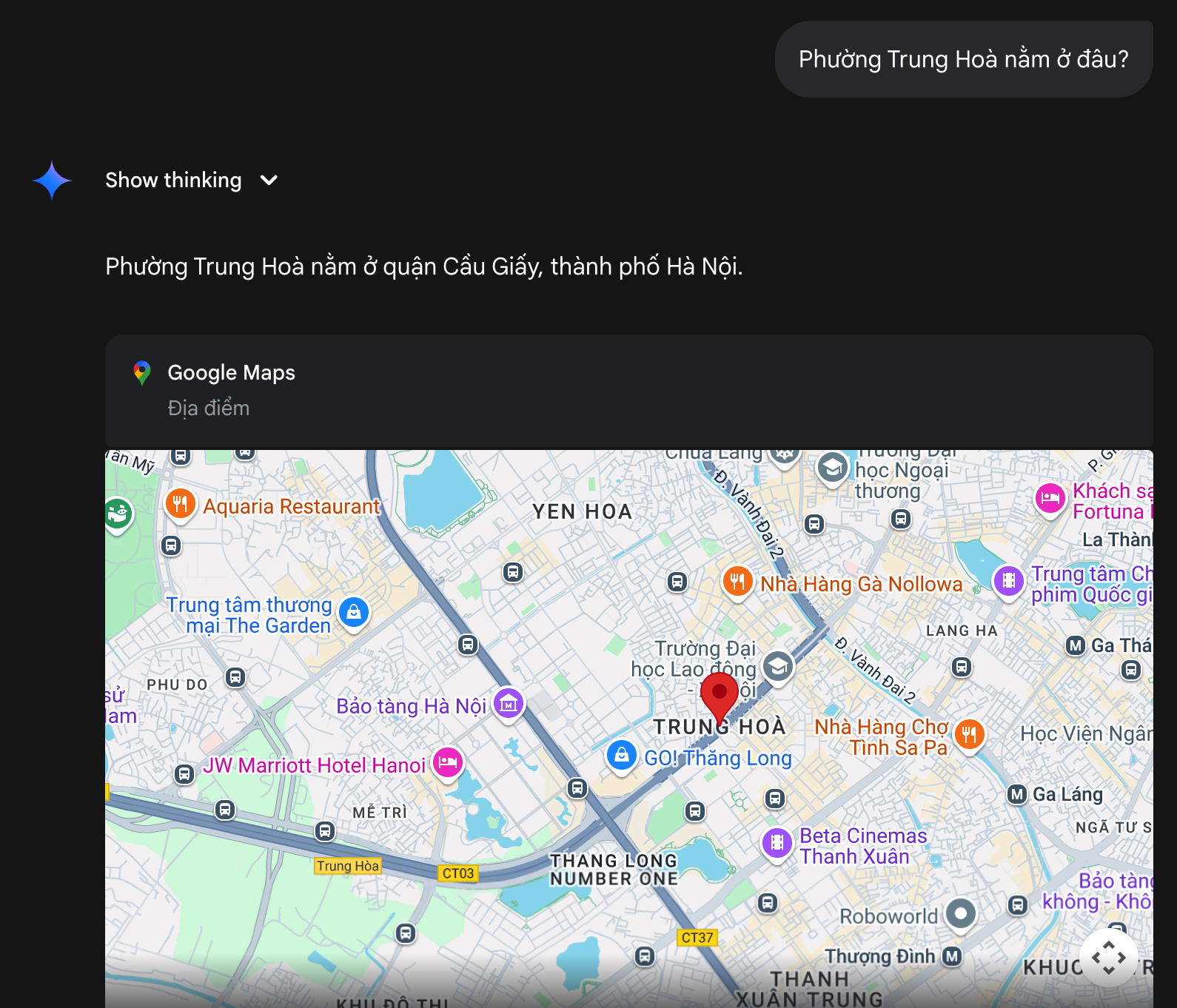 |
Gemini responded that commune and ward information has not been updated even with the feature that allows searching for information on the web. Photo: Hong Phuong . |
If the question is “Does Vietnam still have district levels?”, “Has Vietnam abolished district levels?”, AI can find the correct information based on sources on the web. However, the instability of language-generating AIs shows that users should not rely on this tool to find information that requires accuracy.
Source: https://znews.vn/dung-hoi-ai-ve-xa-phuong-tinh-thanh-moi-sau-sap-nhap-post1565265.html









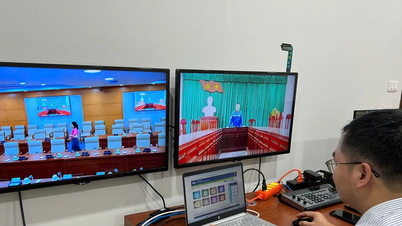



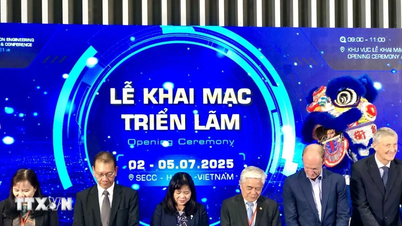



















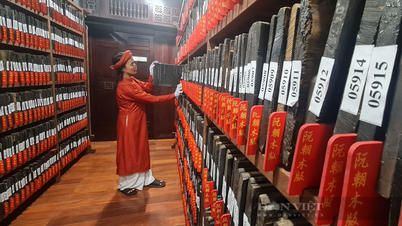










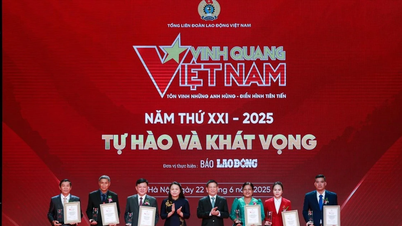












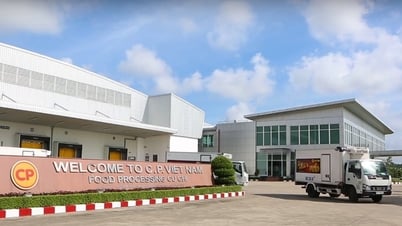



![[Photo] General Secretary To Lam attends the launch of 3 digital platforms serving the implementation of Resolution No. 57-NQ/TW](https://vphoto.vietnam.vn/thumb/402x226/vietnam/resource/IMAGE/2025/7/2/d7fb7a42b2c74ffbb1da1124c24d41d3)


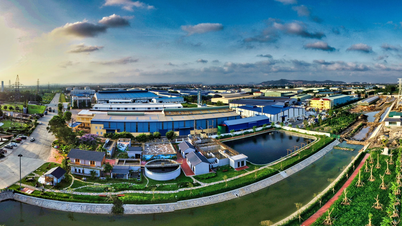
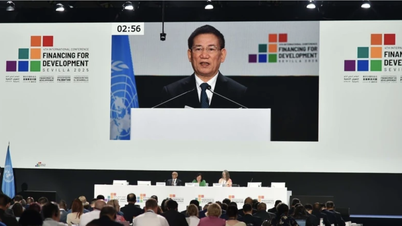








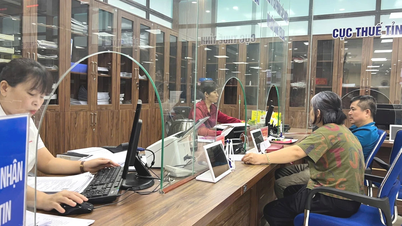









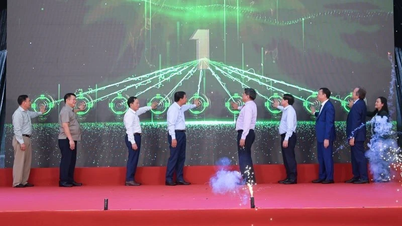














Comment (0)